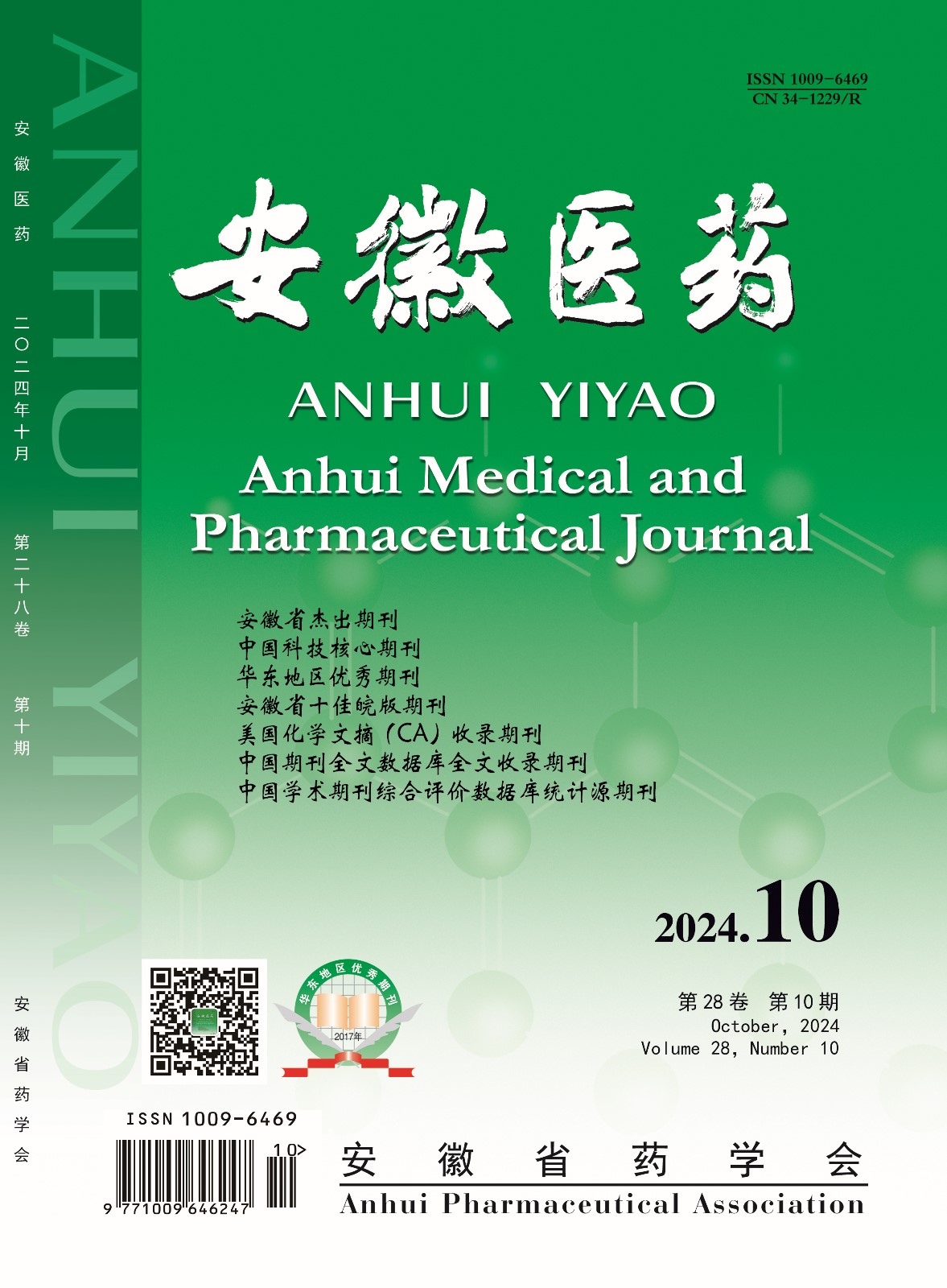Cabergoline - Dopamine Receptor Agonist
引用次数: 0
Abstract
Background: Cabergoline is a potent dopamine receptor agonist used primarily for the treatment of disorders related to dopamine dysregulation. It acts by stimulating dopamine receptors in various regions of the brain and has been approved for the management of hyperprolactinemia, Parkinson's disease, and restless legs syndrome. Its unique pharmacological profile and tolerability make it a valuable therapeutic option in the field of neurology and endocrinology. Aim: The aim of this study was to investigate the efficacy and safety of cabergoline as a dopamine receptor agonist in the treatment of hyperprolactinemia, Parkinson's disease, and restless legs syndrome. The study also aimed to evaluate the impact of cabergoline on disease-specific symptoms and quality of life in patients with these conditions. Materials and Methods: A systematic literature review was conducted, encompassing peer-reviewed studies, clinical trials, and meta-analyses from reputable databases. Key search terms included "Cabergoline," "dopamine receptor agonist," "hyperprolactinemia," "Parkinson's disease," and "restless legs syndrome." Studies involving adult patients and reporting relevant outcomes, including symptom improvement and adverse events, were considered for analysis. Results: The analysis revealed that cabergoline effectively reduced prolactin levels in patients with hyperprolactinemia, leading to improvements in associated symptoms such as menstrual irregularities and galactorrhea. In Parkinson's disease, cabergoline demonstrated promising results in ameliorating motor symptoms, including rigidity, bradykinesia, and tremors. Additionally, studies investigating its role in restless legs syndrome showed a reduction in sensory and motor symptoms, leading to enhanced sleep quality. The drug's side effect profile was generally well-tolerated, with mild adverse events reported. Conclusion: Cabergoline, as a dopamine receptor agonist, emerges as a valuable therapeutic option for hyperprolactinemia, Parkinson's disease, and restless legs syndrome. It effectively addresses specific symptoms associated with these conditions and shows potential for improving patients' quality of life. The drug's favorable tolerability further supports its use in clinical practice. However, careful monitoring and further research are necessary to fully elucidate its long-term safety and effectiveness. Cabergoline's role in the treatment landscape of dopamine-related disorders holds promise for future advancements in neurology and endocrinology.卡麦角林-多巴胺受体激动剂
背景:卡麦角林是一种有效的多巴胺受体激动剂,主要用于治疗与多巴胺失调相关的疾病。它通过刺激大脑不同区域的多巴胺受体起作用,已被批准用于治疗高催乳素血症、帕金森病和不宁腿综合征。其独特的药理学特征和耐受性使其成为神经病学和内分泌学领域有价值的治疗选择。目的:本研究的目的是探讨卡麦角林作为多巴胺受体激动剂治疗高泌乳素血症、帕金森病和不宁腿综合征的疗效和安全性。该研究还旨在评估卡麦角林对这些疾病患者的疾病特异性症状和生活质量的影响。材料和方法:进行了系统的文献综述,包括同行评议的研究、临床试验和来自知名数据库的荟萃分析。关键搜索词包括“卡麦角林”、“多巴胺受体激动剂”、“高催乳素血症”、“帕金森病”和“不宁腿综合征”。涉及成年患者的研究和报告相关结果,包括症状改善和不良事件,被纳入分析考虑。结果:分析显示卡麦角林可有效降低高催乳素血症患者的催乳素水平,从而改善月经不调和溢乳等相关症状。在帕金森病中,卡麦角林在改善运动症状(包括僵硬、运动迟缓和震颤)方面显示出有希望的结果。此外,调查其在不宁腿综合症中的作用的研究表明,它可以减轻感觉和运动症状,从而提高睡眠质量。该药物的副作用一般耐受良好,有轻微的不良事件报道。结论:卡麦角林作为一种多巴胺受体激动剂,是治疗高催乳素血症、帕金森病和不宁腿综合征的一种有价值的治疗选择。它有效地解决了与这些疾病相关的特定症状,并显示出改善患者生活质量的潜力。该药良好的耐受性进一步支持其在临床实践中的应用。然而,仔细的监测和进一步的研究是必要的,以充分阐明其长期的安全性和有效性。卡麦角林在治疗多巴胺相关疾病方面的作用为神经病学和内分泌学的未来发展带来了希望。
本文章由计算机程序翻译,如有差异,请以英文原文为准。
求助全文
约1分钟内获得全文
求助全文
来源期刊
自引率
0.00%
发文量
14800
期刊介绍:
Anhui Medical and Pharmaceutical Journal is an academic journal. It is an academic journal under the supervision of Anhui Provincial Drug Administration and sponsored by Provincial Pharmaceutical Society, mainly reporting the academic papers and important information on the progress of international medical research, clinical pharmacy, drug monitoring, and drug production and management. It has columns such as PiYou comment and discussion, pharmacy research, pharmacy and clinical, drug analysis, drug management, pharmaceutical industry, pharmacy dynamics, hospital pharmacy, pharmacy, computer applications and so on. Journal for medicine, health care, drug supervision workers; pharmaceutical production and management of science and technology, management personnel. It is a professional, practical, scientific and technological strong periodical.

 求助内容:
求助内容: 应助结果提醒方式:
应助结果提醒方式:


